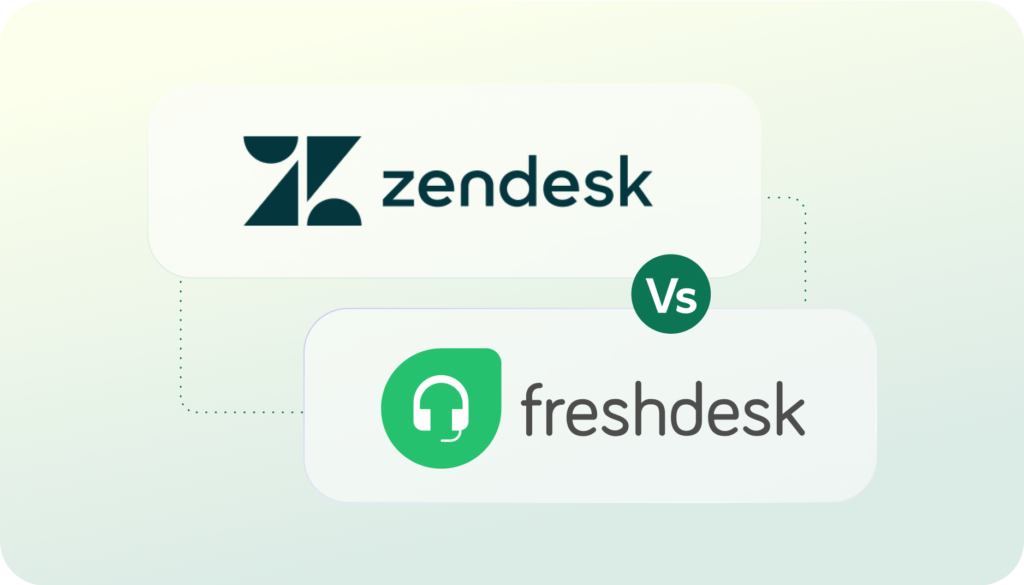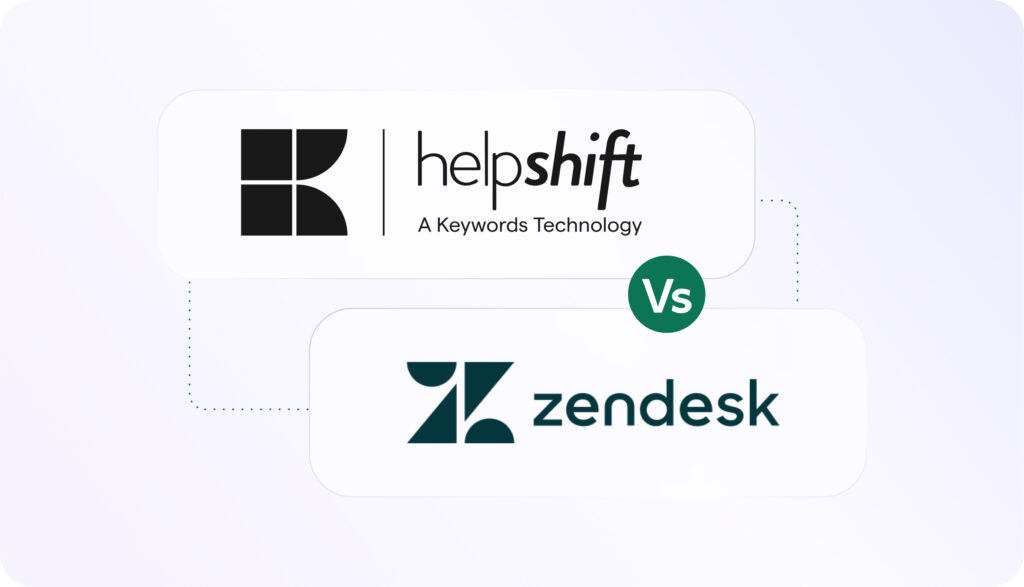After the release of the app, it is crucial to track the correct metrics, understand their meanings, and build marketing strategies on this basis.
Measuring and tracking mobile app metrics is a critical component of any digital marketing campaign. Quality analytics helps you allocate your budget properly and avoid investing in unprofitable campaigns. It allows you to assess whether the work performed provides the result, and if so – how much.
To achieve this, it is necessary to monitor the performance metrics that allow you to measure the success of your marketing campaigns and understand the impact of the implementation of certain tasks.
In this article, we are going to take a look at some key mobile app metrics that you should track.
App Metrics for Advertising Campaigns
Advertising campaigns stand at the top of the user journey for your product. The key parameters when considering paid promotion are as follows:
1. Click-Through Rate
This is the ratio of the number of clicks on an ad to the number of impressions. It is used to measure the effectiveness of an advertising medium: an ad, a banner, a teaser, or something else. If an ad is shown on different platforms, then the click-through rate allows you to compare which ones are clicked more and which ones less. A high CTR indicates that the ad is interesting to users and drives traffic. A low click-through rate is a signal that the audience is not interested in your ad – you missed the headline or chose an uninteresting (or even repulsive) picture.
2. Cost Per Click
CPC shows how much one click through your ad on the ad platform costs. This metric estimates how much you spend on a click and how much you earn from it. Many factors affect the CPC: the keyword in the request, the region of impressions, the number of competitors, the day and time of day, the relevance of the advertised app to requests, and its performance indicators. You can control the cost per click in the ad account: set a limit in money or a percentage of the average bid.
3. Cost Per Install
CTR and CPC lead you to one of the most important indicators of an advertising campaign – the cost of installation (Cost Per Install, CPI). Without understanding the cost of a user who has launched the app at least once, you are unlikely to correctly promote your app and reach its target audience. You must determine the cost per install as precisely as possible, for example, in the context of campaigns and sources. Only this will give you an understanding of which ad networks work for you and which do not.
4. Return on Investment
One more significant advertising metric is ROI – Return on Investment. To calculate it, you need to first define and measure the cost of the campaign (there can be a lot of indirect costs) and how these costs generate profit (you need to consider that some side factors can also affect this). You also need to decide on an indicator for the evaluation of this metric: for example, it can be income, gross profit, or net profit.
For instance, if you want to calculate the ROI of an advertising email campaign that you sent, you need to consider the costs associated with the development and sending of the campaign (costs for the marketing platform, design, etc.), and as a profit from this marketing activity, you can take sales from this campaign (if its goal was to drive conversions).
If tracking codes make it easy to track the conversions from each email campaign, then it is quite difficult to isolate all factors (maybe some customers ordered this campaign, as they already saw another one last week?). Using control groups (highlighting a group of people to whom you have not sent a campaign or set of campaigns) will make it much easier to understand the effect of a particular campaign.
ROI = (return on investment – investment cost) / investment cost
App Metrics for Retention
Getting the install and the user is just a starting point of your analytics. Anything under the hood of your app is of even greater value to you as a product owner.
5. Retention Rate
One of the key internal app metrics is retention rate. Users return to the app if they like it, find it interesting and helpful, and use its functionality. They do not return if they do not understand its essence and if it is not user-friendly.
Retention rate is:
- the main indicator of the correct implementation of functionality and getting into the target audience;
- the base on which the user loyalty is built;
- an opportunity to increase the app revenue and the growth of LTV (Lifetime Value – the total profit of the company received from one client).
Retention rate can also help you evaluate the efficiency of your ad campaigns. Many advertisers look primarily at the number of installs, believing that the more users download the app, the more successful the campaign is. In fact, a growing number of installations is not as significant as increased retention, especially at the early stages of the product life cycle. Unless you have a paid app, a user who logged in once and never came back does not have much value. It is much more important to attract those who will stay with you over weeks and months. Retention demonstrates the quality of the traffic source and allows you to better configure campaigns in order to get more active users.
In addition, the retention metric allows you to spot fraudulent activity. Bots and click farms are very good at simulating installs, but they do not bother mimicking the activity of real users very much. If the “return” of the audience coming from a certain channel is several times lower than that of customers from other sources, it is a reason to take a closer look at the traffic source.
6. DAU, MAU, Stickiness
Audience app metrics also indirectly derive from retention – such as the number of unique active users per day (Daily Active Users, DAU), per month (Monthly Active User, MAU), stickiness (DAU / MAU ratio, what percentage of your users reused the app)).
The number of people who downloaded the app does not necessarily equal the number of real users. Therefore, it is crucial to track user activity. There are two app metrics that can help you calculate how many people are actually using your app:
- Daily Active Users (DAU). This number shows how many people cannot do a day without the app. The metric reflects exactly how many people use the app, not the number of sessions. The system counts each user only once, regardless of how many times a day they launch the app. It is possible to calculate daily active users either for a specific day or an average over a specific period.
- Monthly active users (MAU) – the number of users who interacted with the app over a period of 30 days. For example, if 10,000 people have used the app 20,000 times in the last 30 days, the MAU is 10,000.
You can also use the daily and monthly active users metrics to calculate the Stickiness (loyalty) metric, which measures how often users come back to the app. It is calculated by dividing DAU by MAU and is measured as a percentage. The higher the percentage, the more often the users return to the app. If the percentage increases over time, it is even better. The closer the DAU value is to the MAU, the higher the level of loyalty. It means that monthly active users return more often. For example, if DAU is 5,000 and MAU is 10,000, then stickiness is 50%: 5,000/10,000.
App Metrics for Revenue Calculation
Much more important for your product are app metrics such as:
- customer acquisition cost;
- the average revenue that each user brings to you;
- the average income that you will receive over the entire “life” of one user within your app (Lifetime Value).
7. Customer Acquisition Cost
CAC is the total marketing and sales costs required to convert a potential customer into an actual customer. The wording is similar to the definition of CPA (cost per acquisition), but these two app metrics have a few key differences:
- Cost per acquisition is calculated for a specific ad platform and at the campaign level. The acquisition cost metric covers the entire business model, considering the costs of all promotion channels and attributing them to the actual number of customers attracted.
- When calculating CPA, a conversion in it can be considered not only a real purchase but also any of the configured analytics goals – sending a contact form, ordering a callback, clicking the “Add to cart” button, etc. This is useful for analyzing user behavior in an app but does not always provide insight into the ROI of a marketing effort.
- The main difference between the CAC indicator and other standard app metrics is that the customer acquisition cost characterizes the business as a whole, and most of the indicators are tied to advertising. For example, when calculating CPA, advertising costs are related to the number of targeted actions. When calculating the cost per order (CPO), the cost of contextual advertising is correlated with the number of orders received. When calculating CAC, all marketing and sales costs are divided by the number of attracted customers.
8. Average Revenue Per Paying User
ARPPU helps measure customer loyalty in repeat purchases. If the income increases with the same number of buyers, then the company has well-thought-out strategies for retention and upselling.
ARPU (Average Revenue Per User) is the company’s average profit from one active user for a specific period. The metric considers the entire audience, not just buyers. The average revenue per paying user is different in that it reflects the average income exclusively from each paying customer.
It is possible to calculate ARPU and ARPPU per day, month, and quarter. For a qualitative assessment of indicators, it is crucial to choose the right period. For example, monthly average revenue per paying user will show repeat purchases of one customer, but daily ARPPU will not. The following formula is used to calculate ARPPU: Revenue of the company for the period / Number of buyers.
9. Cost Per Loyal User
The CPLU metric shows how much money your company spends to acquire an organic client – the one who actually uses your app.
Combined with ARPU, this metric will help you calculate:
- Return on investment (ROI).
- Break-even point. This is when your income exactly matches your expenses. It is important because beyond this point you begin to accumulate profits.
You can calculate how many organic users will come depending on the number of installs, analyze the campaign results, and calculate the CPLU in the same way.
10. Lifetime Value
LTV is actually the cornerstone of app marketing and your app business in general. For marketers, this indicator shows how much they can spend to acquire a user and still fit in the budget. With the growing importance of advertising campaigns and decreasing organic content, measuring LTV and making decisions based on it can determine the success or, conversely, the failure of the app.
Lifetime value shows how much revenue the average user will bring over the entire lifetime of the product. This metric combines several factors at once, including the cost of advertising and customer acquisition, conversion, and monetization of the app.
LTV helps to understand where the company has failures, and where, on the contrary, things are going well. It shows how much it costs a business to acquire and lose one customer. And most importantly, it helps to predict the future and roughly estimate the chances of a product for success. In short, lifetime value determines the viability of a product.
LTV correlates with the customer acquisition cost metric, but the value should always be higher than the cost of acquiring – preferably at least three times, and ideally – 7-8 times. If you spend $1 on attracting one customer, and they bring you $1 – it is obvious that this is not a viable model. In cases where app installs are already considered a key activity, LTV must exceed CPI. You can also prove the viability of a product by comparing LTV and CPA (cost per one targeted action) – the first indicator must exceed the second.
The lifetime value indicator is easy to find in most analytics systems. When calculating it yourself, use the formula: ARPU + 1 / Churn rate.
Even at the planning stage, lifetime value forecasting will allow you to choose the direction and strategy of development and marketing. As the product grows, LTV tracking will give your team the right benchmarks and allow you to make informed decisions about both the product itself and its monetization.
11. Virality
Finally, you can measure virality – the so-called k-factor, that is, how many new organic users one new user brings to you. The k factor will be very useful if you track it over time and explain its rise and fall. The main thing is that the k-factor should be greater than the churn rate. If so, then the project is expected to grow exponentially. If the k factor is less than the churn, then the audience will gradually begin “disappearing.”
The most common way to calculate the k-factor is to multiply sent invites by conversion. Sent invites is the average number of invitations sent by the user, and conversion is the conversion from receiving an invitation to install.
If the k factor is greater than 1, then this will lead to an independent growth of the project’s audience. If it is less and you do not use other acquisition channels, then the number of acquired users and the size of the total audience will gradually decrease. This is because any product has an inevitable churn of users, which must be compensated by the newly attracted users. By increasing virality and k-factor, you can do it for free. Otherwise, the audience will have to grow at the expense of “paid” users.
Virality is one of the most important app metrics that shows if the product can grow independently and without the cost of attracting users. It characterizes its growth rate and popularity in the market. You can artificially trigger virality by motivating users to share information. However, for this process to be successful, the product still needs to be good and enjoyable for users. Perhaps only in this case, it is possible to achieve high k factor values, bringing it closer to 1.
Over to You
As you’ve already understood, an app can have a lot of metrics, and you need to determine the necessary ones. Then you should constantly track them as well as understand the averages for your category, platform, country, and where you are in relation to them. This will help you to consistently improve your product. And remember – most metrics work only in relation to other metrics, it is impossible to use only one metric.




